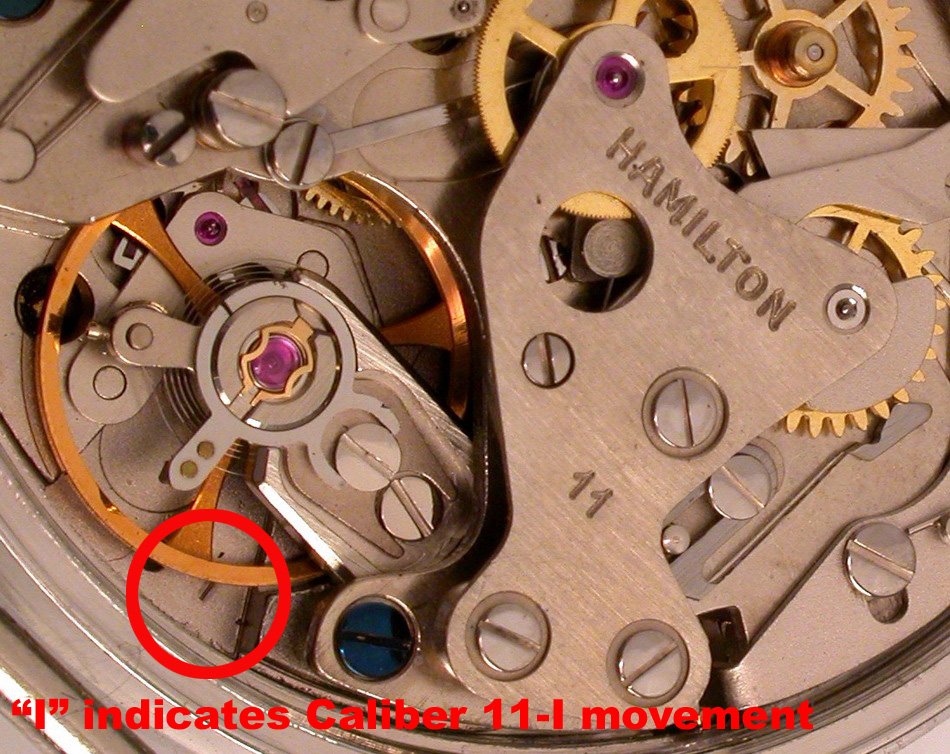| Informational Websites | ChronoMaddox -- the legacy of Chuck Maddox | OnTheDash -- vintage Heuer website | Zowie -- Omega information |
| Discussion Forums | ChronoMaddox Forum | Heuer Forum | Omega Forum |
| Counterfeit Watchers | ChronoTools Forum | ChronoTrader Forum |
|
|
The largest independent, non-commercial, consumer-oriented resource on the Internet for owners, collectors and enthusiasts of fine wristwatches. Online since 1998. | |||||||
|
||||||||
|
||||||||
 |
Vintage Heuer Discussion Forum
The place for discussing 1930-1985 Heuer wristwatches, chronographs and dash-mounted timepieces. Online since May 2003. | ||||||
| |||||||
| |||||||
I hope that you find this information interesting and useful, as you seek to determine whether you have a Caliber 11 or a Caliber 11-I. Thanks to David for raising this issue; thanks to Hans for providing most of the following information.
Now, let's see who can show us some Caliber 11-I chronographs!!
Jeff
++++++++++++++++++++++++++++++++++++++++++++++++++++++++++++++
Caliber 11 -- The Early Problems
The Caliber 11 movement was plagued with technical problems, from the beginning. Some of these technical problems arose from decisions made in designing the watches; others arose from poor engineering or a lack of development of the movement, as the Chronomatic group competed to bring the first automatic chronograph onto the market. The following were among the most significant "technical" problems with the original Caliber 11 chronographs:
As a result of these technical problems with the Caliber 11 movement, within a year of its introduction, the Chronomatic group (Hueer-Breitling-Hamilton) made the changes that resulted in the creation of the Caliber 11-I movement. (We are not certain, but can assume that the "I" designation indicated that the movement had been "Improved".) Changes from the original Caliber 11 to the improved Caliber 11-I included the following:
++++++++++++++++++++++++++++++++++++++++++++++++++++++++++++++++
In the following photo, notice the small "I", at the very bottom, below the balance wheel, indicating that this is an "Improved" (or modified) Caliber 11 movement.

| Chronocentric and zOwie site design and contents (c) Copyright 1998-2005, Derek Ziglar; Copyright 2005-2008, Jeffrey M. Stein. All rights reserved. Use of this web site constitutes acceptance of the terms of use. | CONTACT | TERMS OF USE | TRANSLATE |